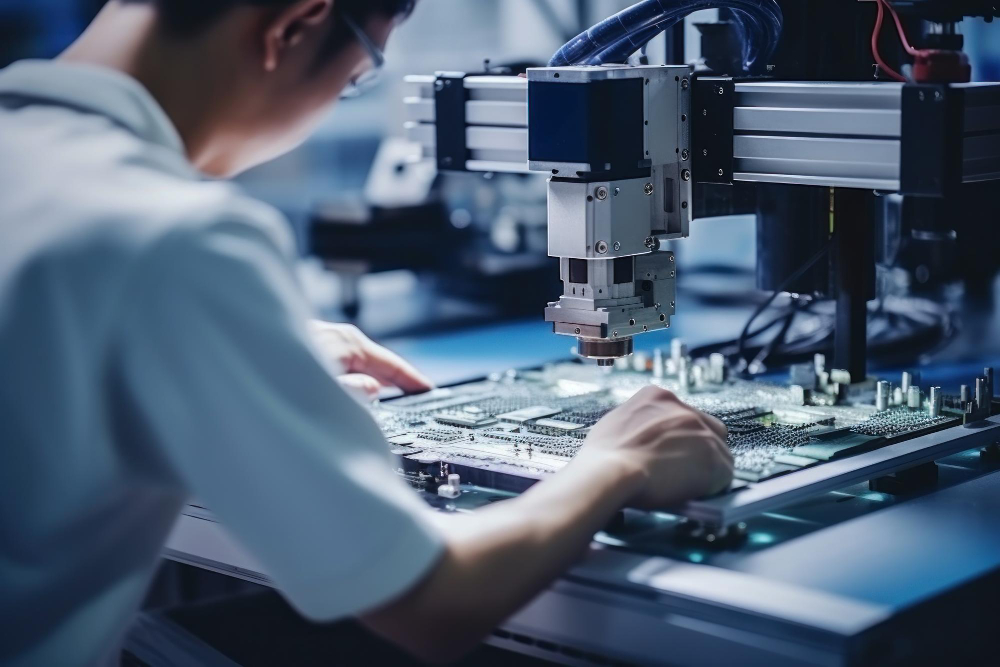Revolutionizing Healthcare: The Role of Medical Device Prototyping and Parts Manufacturing

In the ever-evolving landscape of healthcare, innovation stands as the cornerstone of progress. Among the myriad advancements, medical device prototyping and parts manufacturing emerge as pivotal processes driving transformative change. These processes not only facilitate the creation of cutting-edge medical equipment but also redefine the standards of patient care and treatment modalities. In this article, we delve into the significance of medical device prototyping and medical parts manufacturing in revolutionizing healthcare.
Understanding Medical Device Prototyping
Medical device prototyping is a crucial phase in the development cycle of healthcare technology. It involves the creation of preliminary models or prototypes of medical devices to evaluate design concepts, functionality, and performance. Prototyping allows for iterative refinement, ensuring that the final product meets the stringent requirements of safety, efficacy, and usability.
The Importance of Prototyping in Healthcare Innovation
Accelerating Innovation: Medical device prototyping accelerates the pace of innovation by enabling rapid iterations and testing of ideas. It allows developers to explore various design possibilities and incorporate feedback early in the development process.
Risk Mitigation: Prototyping serves as a valuable tool for risk mitigation by identifying design flaws or performance limitations before full-scale production. Early detection of issues minimizes the likelihood of costly errors and enhances patient safety.
Customization and Personalization: Prototyping facilitates the customization and personalization of medical devices to meet the diverse needs of patients. From prosthetics to implantable devices, customized solutions enhance treatment outcomes and improve patient satisfaction.
Medical Parts Manufacturing: Precision Engineering for Healthcare
Medical parts manufacturing plays a pivotal role in translating design concepts into tangible products. Leveraging advanced manufacturing technologies, such as additive manufacturing (3D printing) and CNC machining, medical parts manufacturers produce high-precision components essential for medical devices and equipment.
Advancements in Medical Parts Manufacturing
Additive Manufacturing: Additive manufacturing has revolutionized medical parts production by offering unprecedented design flexibility and rapid prototyping capabilities. Complex geometries and patient-specific components can be fabricated with unparalleled precision, contributing to the development of innovative medical devices.
CNC Machining: Computer Numerical Control (CNC) machining remains a cornerstone of medical parts manufacturing, particularly for high-volume production and components requiring exceptional accuracy. CNC machining ensures consistency and reliability in the fabrication of critical parts for medical devices.
The Intersection of Prototyping and Manufacturing
The synergy between medical device prototyping and parts manufacturing is evident in their collaborative approach to innovation. Prototyping informs the design optimization process, providing insights that guide the selection of manufacturing techniques and materials. Conversely, advancements in manufacturing technologies enhance the feasibility and scalability of prototype designs, facilitating seamless transitions from concept to production.
Conclusion: Pioneering the Future of Healthcare
Innovation in healthcare hinges on the symbiotic relationship between medical device prototyping and parts manufacturing. Together, these processes catalyze the development of groundbreaking medical technologies that redefine standards of care, improve patient outcomes, and empower healthcare professionals worldwide. As technology continues to evolve, the journey from prototype to production promises to shape a future where precision, efficiency, and innovation converge to create a healthier world.

How to Plan a Last-Minute Holiday Trip with Instant Loan Support

Turning Cash Flow Into Confidence

Sales Forecasting as a Growth Lever: How Modern Sales Forecast Software Offers Revenue Intelligence to Accelerate What Matters

Holistic Advice for Someone Looking to Reduce Stress

The Core Pillars of AI Observability: Metrics, Traces, Logs, and Beyond

Holistic Advice for Someone Looking to Reduce Stress

What Causes Hair Loss in Women and How It Can Be Treated

6 Smile Care Tips For Protecting Veneers, Crowns, And Whitening Results








